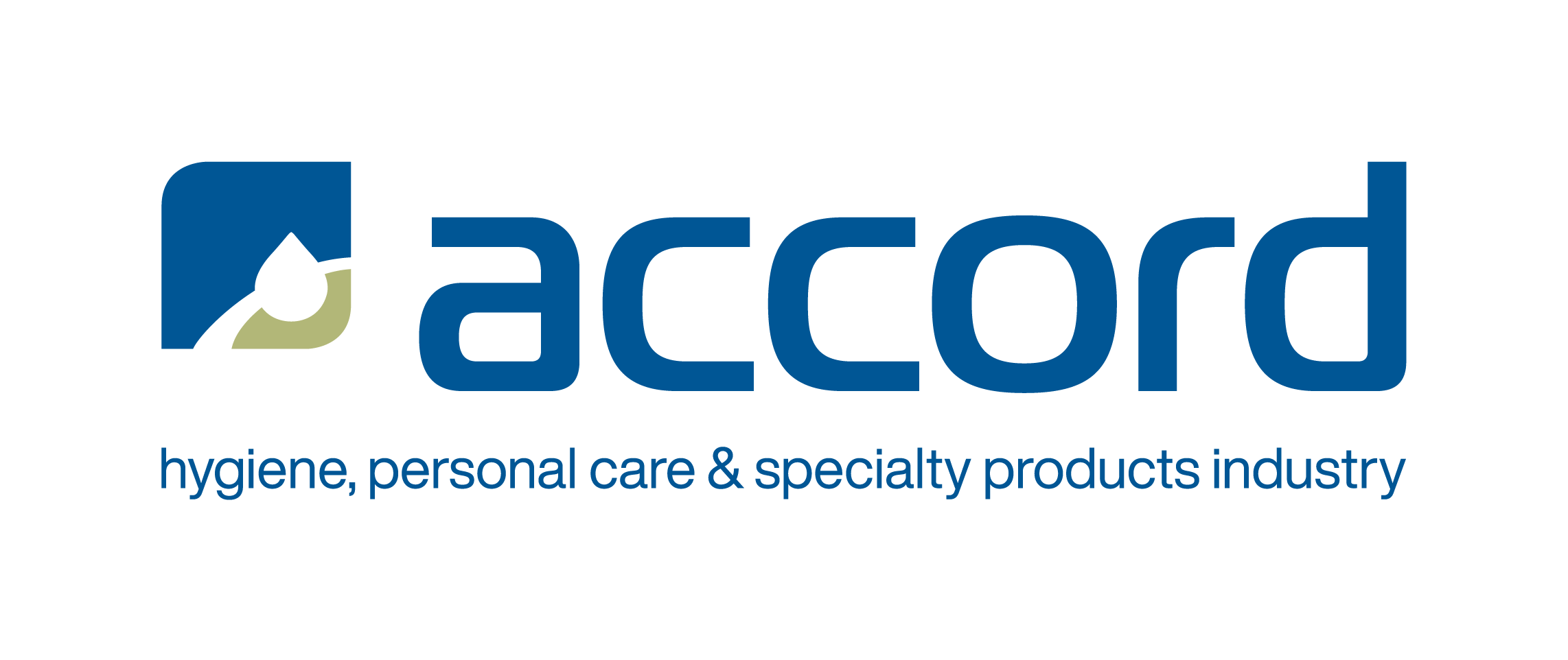Scheduling
Household products (and pharmaceuticals) are generally made from chemical ingredients. The potential harm that an ingredient can cause is determined by many things including its inherent toxicity, its use, its concentration in the product, its packaging, and what other ingredients are also in the product.
For this reason, ingredients are assessed and regulated before they can be used. Household products are not permitted to contain ingredients that pose too great a risk to the public. Some contain ingredients that are “scheduled”. These ingredients have been classified into categories according to the degree of control recommended for protection of public health[6] . You can tell whether a product contains such ingredients from the package label, which also provides warnings and safety directions.
CAUTION means low potential for causing harm.
POISON means moderate potential for causing harm.

Child resistant closures and packaging
Some household products are required to have child resistant closures (CRCs). CRCs are not placed on every package, as this would diminish the impact and make it more difficult to tell which products require special care.
These measures are not 100% child-proof. They help to increase the time taken for a young child to access the package contents. CRCs must comply with certain standards and requirements,[7] and are tested for ease of access by children before they are permitted to be used for commercial products.

CRCs should always be closed properly and are not a substitute for correct storage and handling of household products, or adequate supervision of children.
Poisons Information Centres
Poisons Information Centres are located around Australia and are available 24 hours a day, 7 days a week by calling 13 11 26.
All products displaying this Poisons Information Centre number are required to provide the relevant product information to this number.
These centres are staffed by professionals who provide specific advice for your situation in the event of actual or suspected child poisoning. If possible, take the child and the potential poison to the phone when you call.

[6] Standard for the Uniform Scheduling of Drugs and Poisons, No. 24
[7] Therapeutic Goods Act 1989, section 10(3)
